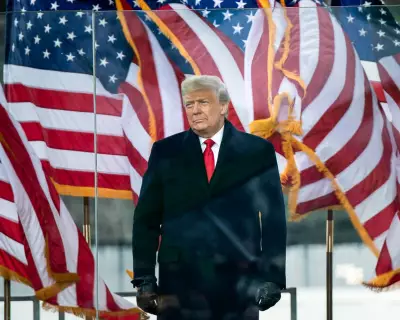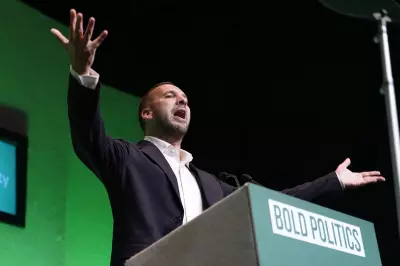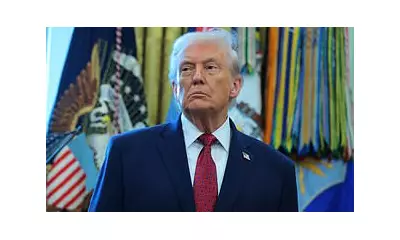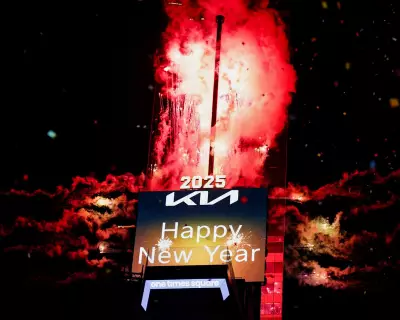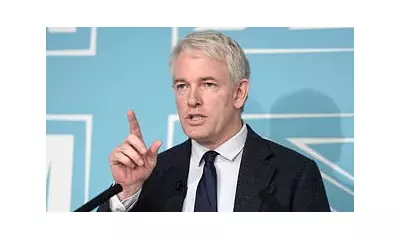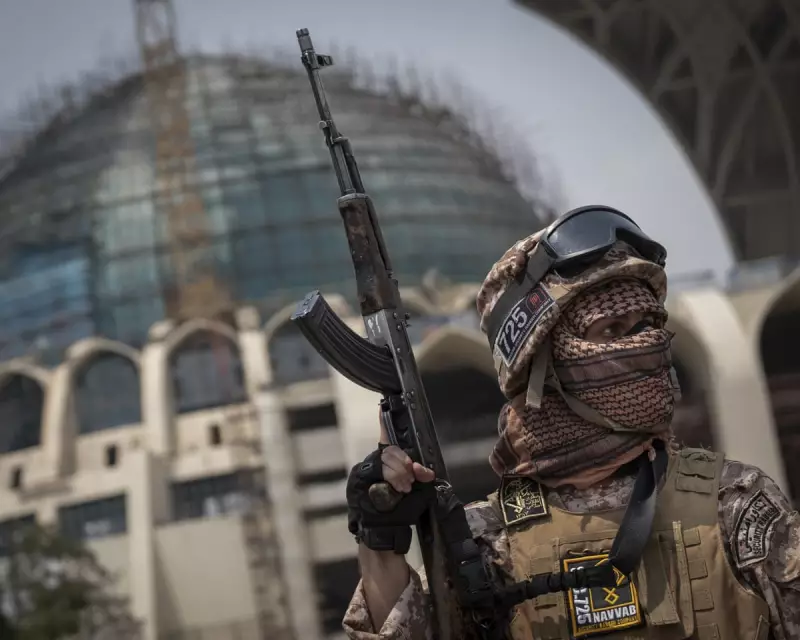
Fifty days after the US and Israel launched coordinated strikes on Iranian nuclear facilities, the geopolitical landscape remains dangerously volatile. The attacks, intended to curb Tehran’s nuclear ambitions, have instead sparked a dangerous escalation, with Iran now accelerating its uranium enrichment programme.
A Fragile Ceasefire and Rising Threats
Despite initial claims of success by Western intelligence, satellite imagery and IAEA reports suggest Iran has rebuilt key infrastructure faster than anticipated. Diplomatic efforts to de-escalate the crisis have stalled, with Tehran vowing retaliation and refusing further negotiations.
The Nuclear Shadow Over the Middle East
Experts warn that Iran could now be mere weeks away from weapons-grade enrichment. "The window for diplomacy is closing," says Dr. Elena Petrov, a nuclear policy analyst. "If Iran crosses the threshold, regional powers like Saudi Arabia may pursue their own programmes."
Global Repercussions
The conflict has sent shockwaves beyond the Middle East:
- Oil prices have surged by 18%, straining post-pandemic economies
- The UN Security Council remains deadlocked over sanctions
- China and Russia have deepened military ties with Iran
With winter approaching, European leaders fear an energy crisis if Gulf shipping routes are disrupted. Meanwhile, the Pentagon has deployed additional carriers to the region, raising fears of a direct US-Iran confrontation.
What Comes Next?
As the 50-day mark passes, analysts identify three potential scenarios:
- A renewed diplomatic push through backchannel talks
- Further covert strikes targeting Iranian scientists
- Full-scale regional war drawing in Hezbollah and Gulf states
With tensions at their highest since 2020, the world watches nervously as this high-stakes nuclear poker game continues.

